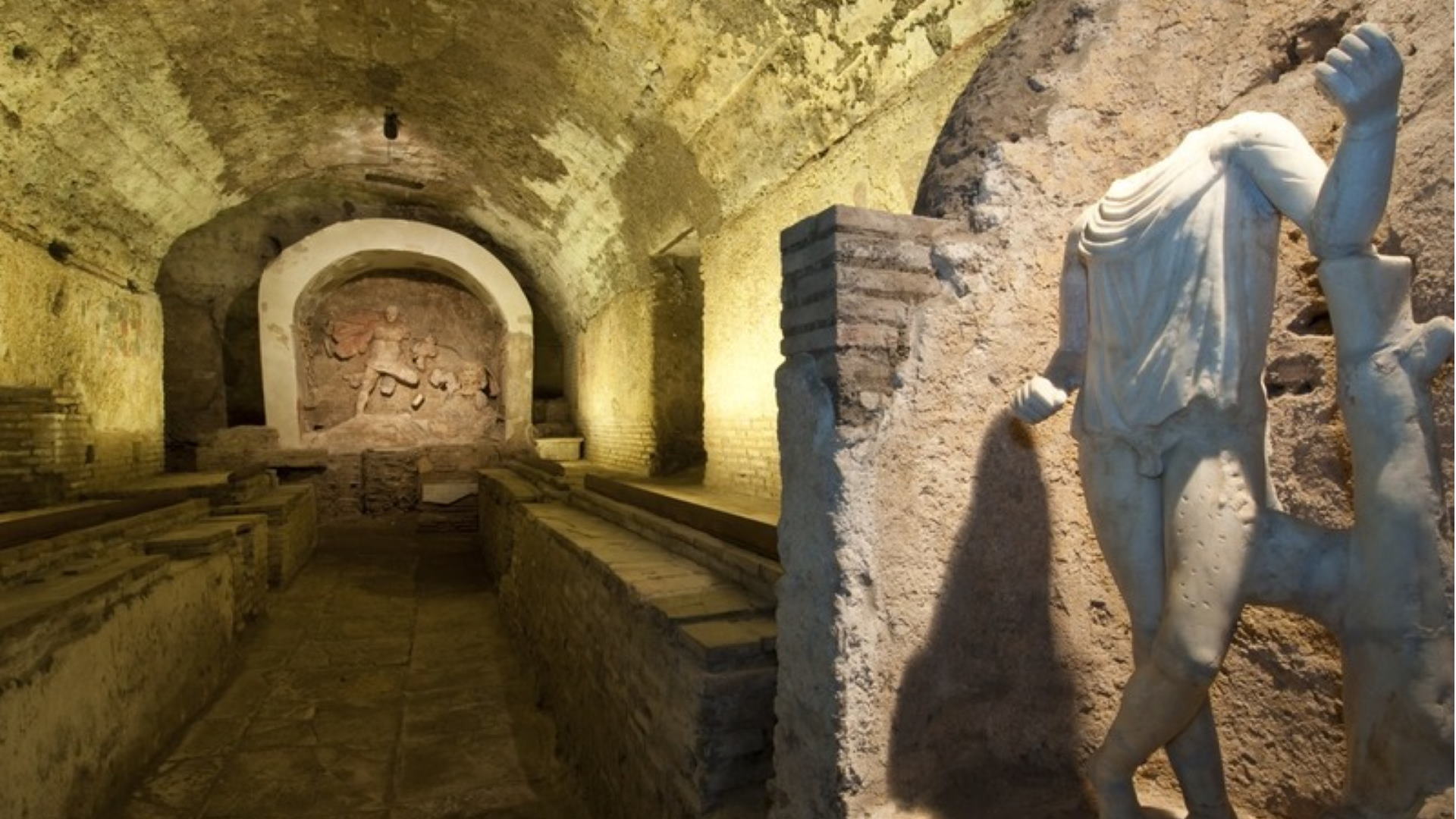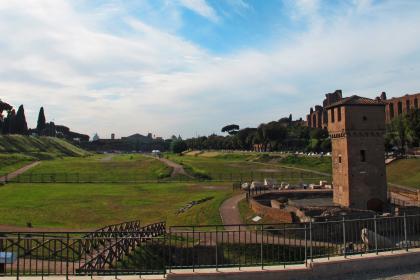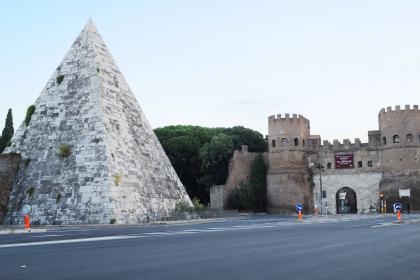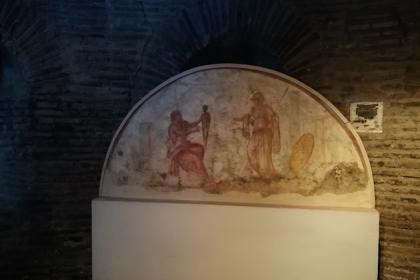
El Mitreo fue descubierto casualmente en 1934 bajo la Iglesia de Santa Prisca por los Padres Agustinos; para construirlo se aprovecharon los muros de dos edificios: uno de finales del siglo I d.C. y otro del siglo II, de dos naves, sobre el que posteriormente se construyó la iglesia.
El Mitreo, que data del siglo III d.C., consta de una sala principal de planta rectangular alargada donde se celebraba el banquete ritual, durante el cual los adeptos entraban en comunión con el dios. Esta sala está precedida por dos nichos con representaciones de Cautes y Cautopates, los dos genios mitraicos que simbolizaban el amanecer y el anochecer. Hoy en día, solo se conserva la escultura de mármol de Cautes, sosteniendo una antorcha en alto.
En la pared del fondo hay un gran nicho que contiene una estatua que representa a Mitra matando a un toro y al dios Saturno reclinado, construida con fragmentos de ánforas recubiertos de estuco dorado. Una inscripción indica que el Mitreo ya estaba en uso en el año 202 d. C. Las paredes laterales están decoradas con frescos que representan la procesión sagrada de los trabajadores del culto portando ofrendas litúrgicas; en la pared del fondo de la sala central hay otro nicho decorado con siete círculos concéntricos que representan la esfera planetaria.
El Mitreo fue violentamente destruido alrededor del año 400 d. C., probablemente por cristianos antes de la construcción de la Iglesia de Santa Prisca.
Foto: Superintendencia Especial de Roma
La Torre de la Moletta y la zona arqueológica del Circo Máximo

 Condividi
Condividi
Pirámide Cestia

 Condividi
Condividi
Museo de la Via Ostiense - Porta San Paolo

 Condividi
Condividi
Informaciones
Visits temporarily suspended.
Check the official website.
 Condividi
Condividi
Location
Para conocer todos los servicios de accesibilidad, visite la sección Roma accesible.











































